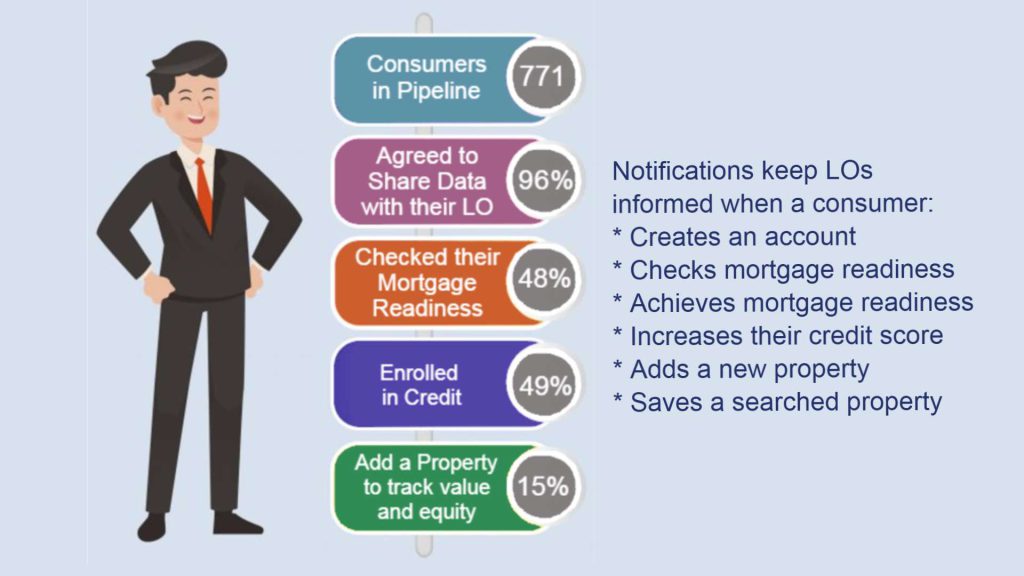When it comes to financing the purchase of a home, the path to successfully obtaining a mortgage can seem like a maze. With terms like Full Mortgage Loan Approval, Pre-Approval, Pre-Qualification, Mortgage Ready Buyer, and even Qualified Borrower floating around, it’s important for both borrowers and mortgage, real estate and housing industry professionals to understand what each of these stages entails. This knowledge is not just academic; it forms the bedrock of a successful home buying journey.
Full Mortgage Loan Approval: This is the gold standard of mortgage commitments. It means that a lender has reviewed and verified all borrower documentation (income, assets, and credit), and the loan has undergone a thorough credit underwriting process following industry-standard guidelines by the GSEs (Fannie Mae and Freddie Mac), FHA, and or VA. Full approval is a green light that the loan will be funded, pending a satisfactory appraisal and title review, and the borrower’s assets, debts and credit have not changed.
Pre-Approval: A step below full approval, pre-approval involves a lender reviewing a borrower’s financial information and performing a credit check. While not as comprehensive as a full loan approval, it gives a borrower a realistic idea of their borrowing capacity. It’s based on preliminary underwriting standards and is subject to further verification.
Pre-Qualification: This is the traditional first step in the mortgage process. It’s based on the borrower’s self-reported financial information, without any verification by the lender. Pre-qualification gives the borrower a rough estimate of the amount they could afford to borrow but is the least reliable indicator of actual loan approval.
Mortgage Ready Buyer: This term defines someone who not only understands the home buying process but has also taken proactive steps towards readiness. They’ve set goals, tracked and saved their downpayment, closing costs, and reserves, and their debt-to-income ratio aligns with agency guidelines. Importantly, they meet the credit requirements set forth by the GSEs, FHA, and VA. A mortgage-ready buyer is primed for the market, embodying the ideal candidate for loan approval.
Qualified Borrower: Interestingly, a qualified borrower might not have a traditional credit score or profile that fits neatly into GSE, FHA, or VA guidelines. Depending on the lead generation source, they might be early in the funnel or have been recently denied for a mortgage. A qualified borrower may meet one or two, but typically not all guidelines and often requires education and nurturing to ultimately become mortgage-ready. This distinction is crucial for understanding the spectrum of mortgage readiness and the importance of tailored financial education.
The Value of Creating Mortgage-Ready Buyers
For mortgage originators, the temptation to buy leads can be enticing. However, the real value lies in generating and cultivating your own evergreen pool of early journey buyers. By becoming a trusted source of financial and mortgage readiness education, originators can build a sustainable, high-intent, and loyal mortgage-ready pipeline. This approach not only enhances the quality of leads but also fosters long-term relationships and a reputation for excellence in the industry.
Understanding and navigating the different stages of mortgage readiness not only empowers borrowers but also enables lenders to build more robust, informed, and ready-to-proceed applicant pools. By focusing on education and readiness, we can demystify the mortgage process, ensuring that buyers are not just qualified, but truly mortgage-ready.



